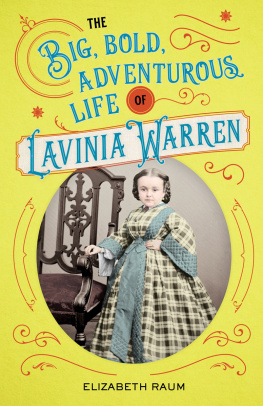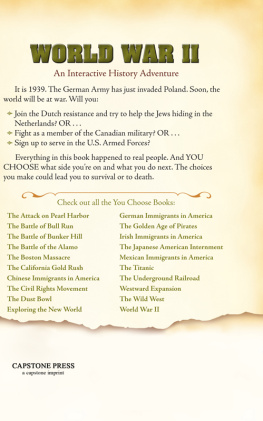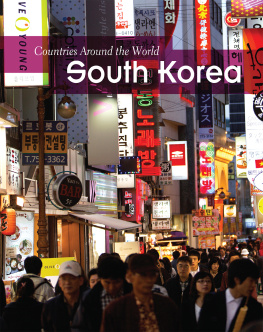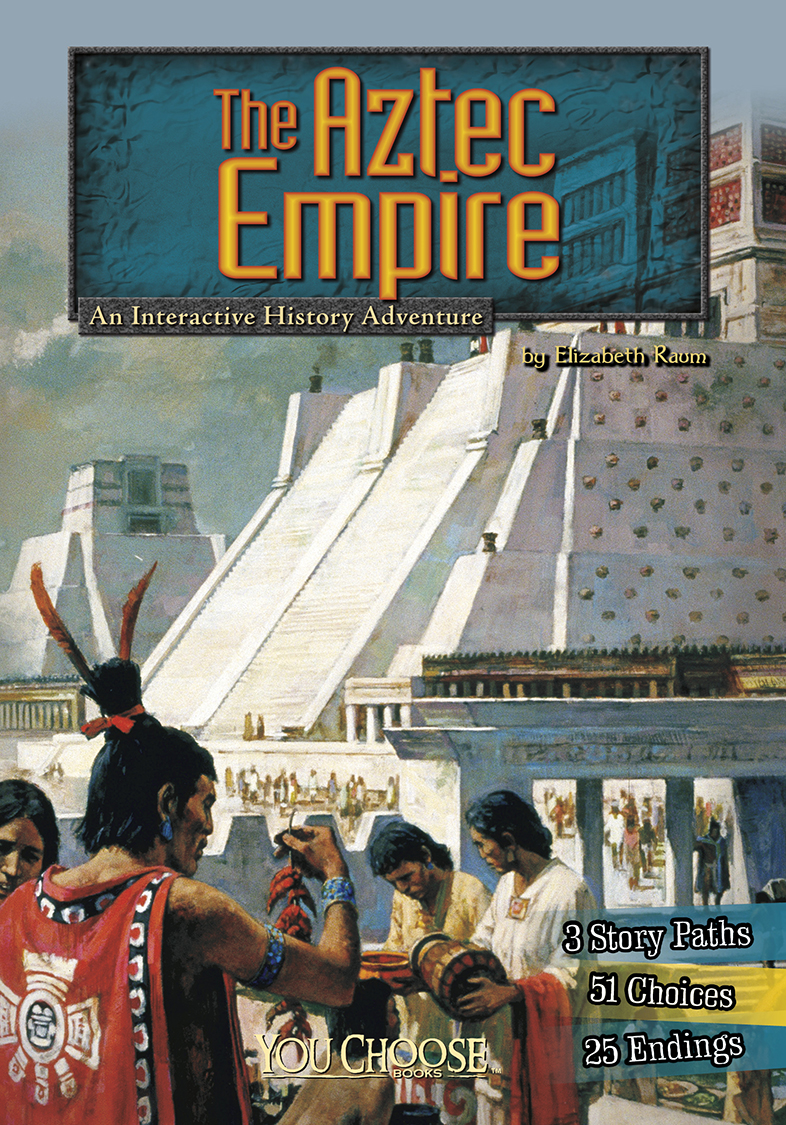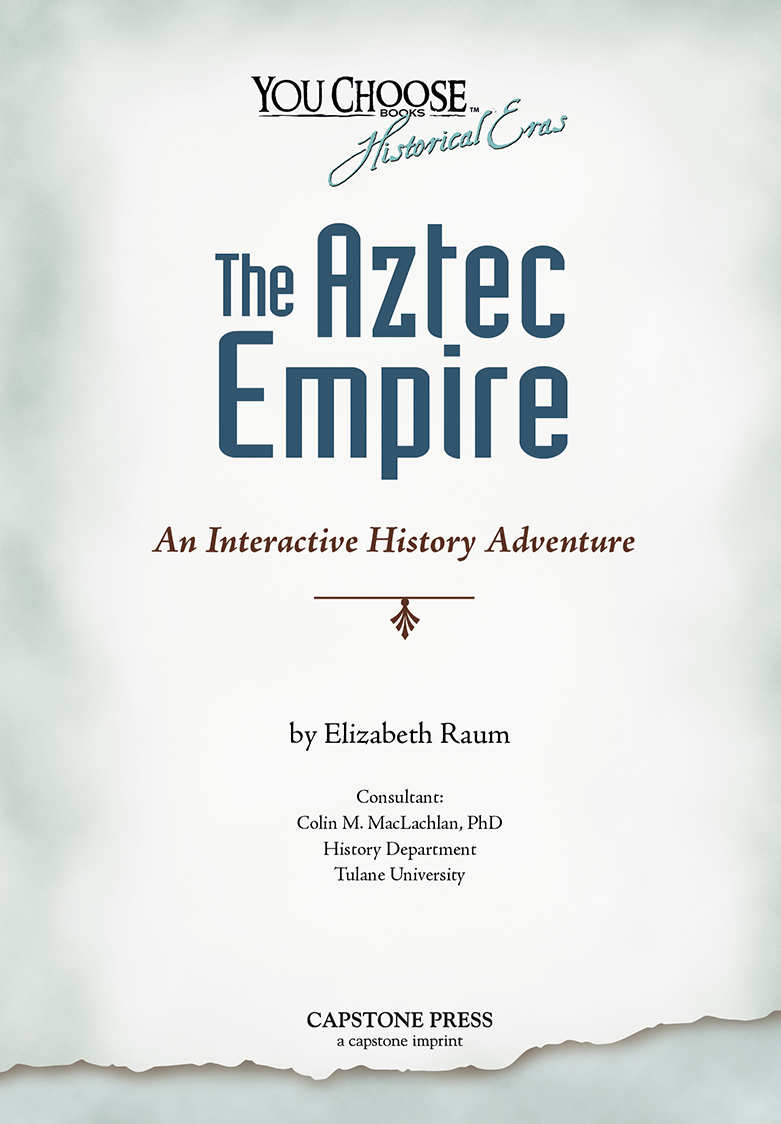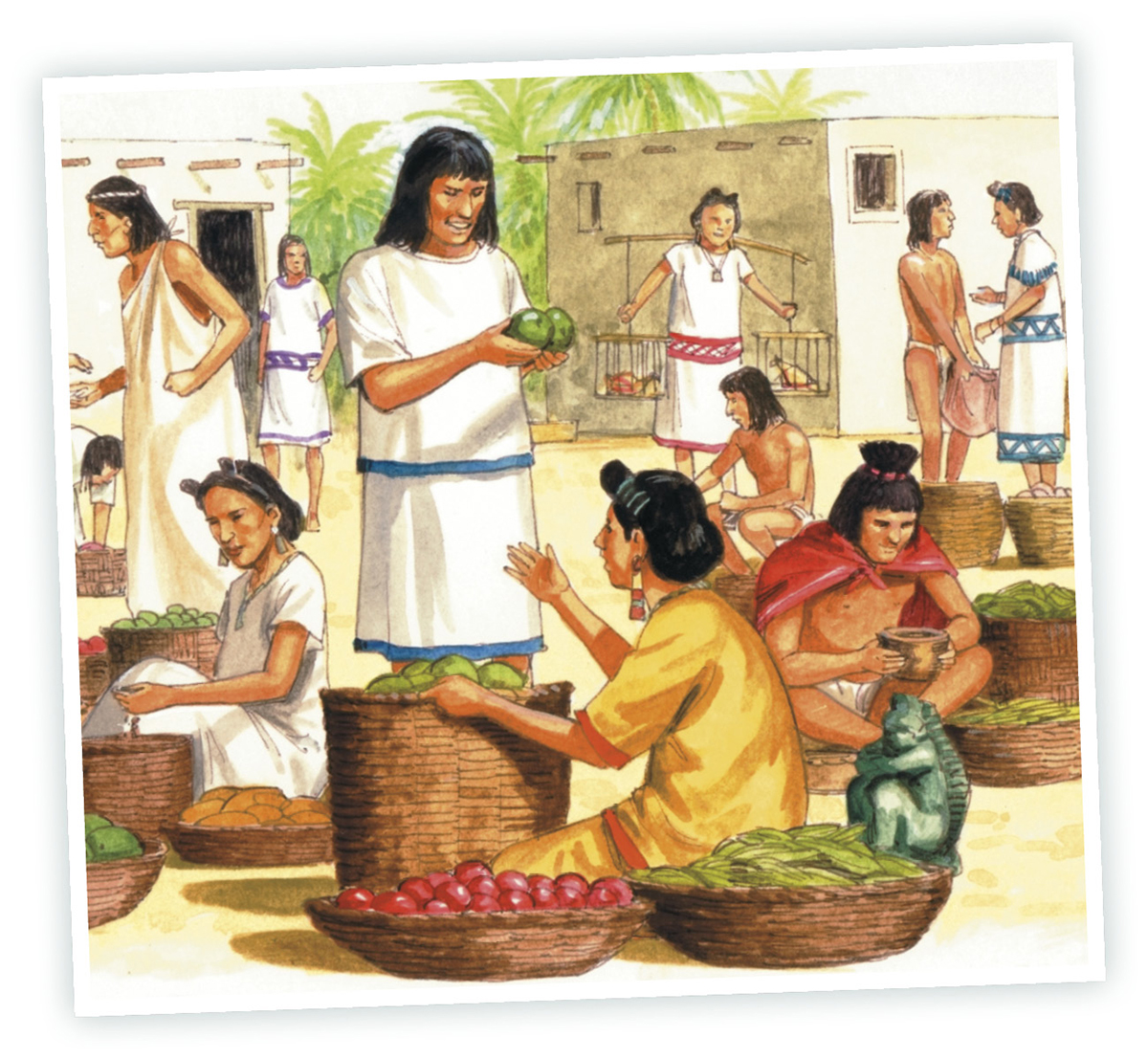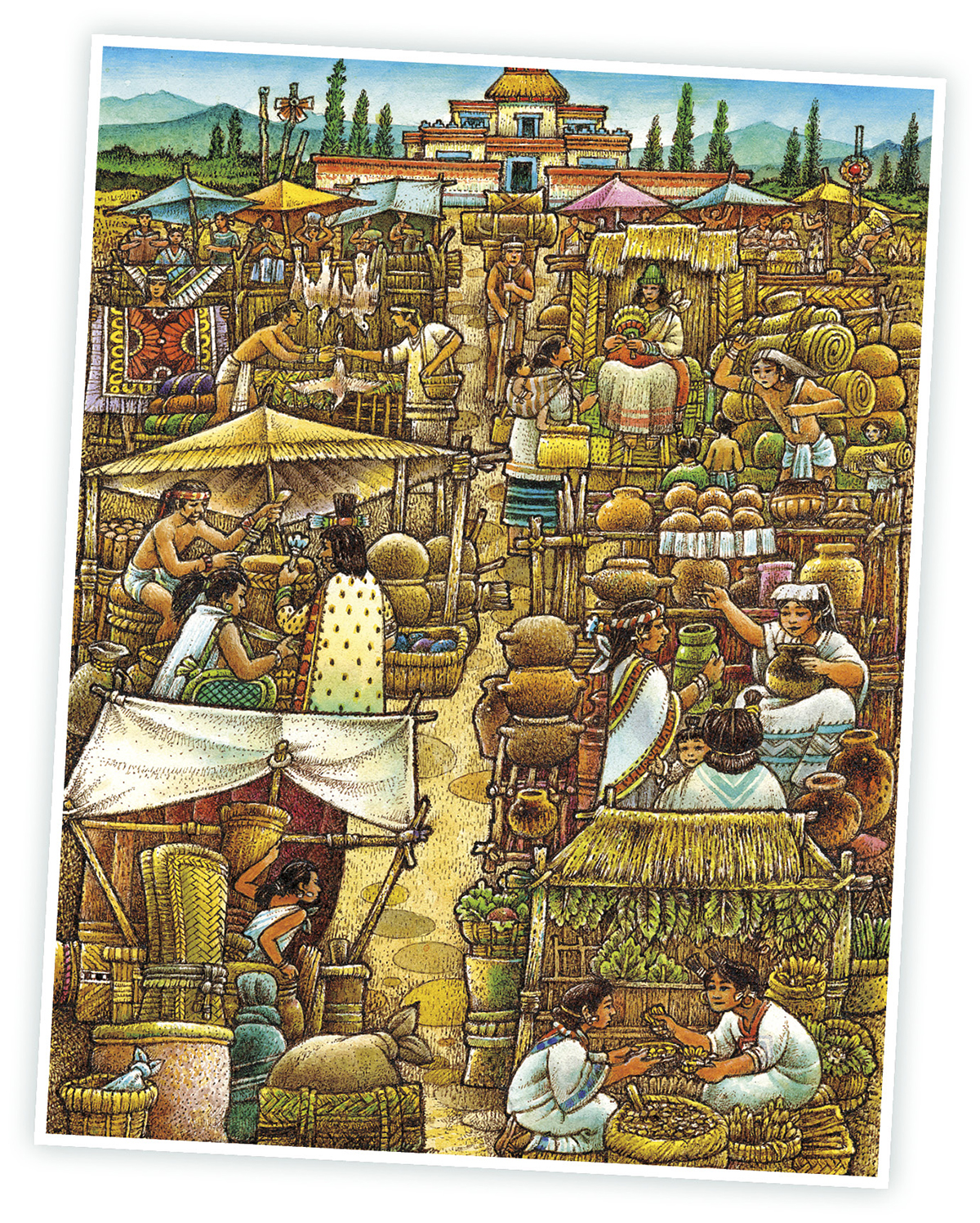For the best You Choose experience,
view in portrait (vertical) orientation.
ABOUT YOUR ADVENTURE
YOU are living on the island of Tenochtitlan in the Valley of Mexico around the 15th century. The Aztec people of the island are brave, creative, and intelligent. But European are moving in. What will happen to the Aztecs and their way of life?
In this book youll explore how the choices people made meant the difference between life and death. The events youll experience happened to real people.
Chapter One sets the scene. Then you choose which path to read. Follow the links at the bottom of each page as you read the stories. The decisions you make will change your outcome. After you finish one path, go back and read the others for new perspectives and more adventures. Use your device's back buttons or page navigation to jump back to your last choice.
YOU CHOOSE the path you take through history.
CHAPTER 1
City of Dreams
The Aztec people founded one of the most powerful empires in history. The Aztecs, who were also called the Mexica, lived in Atzlan. Atzlan was located somewhere in northern Mexico or the southwestern United States. In about 1100, the Mexica left Atzlan and worked their way south for more than 200 years. They reached Mexicos Central Valley and settled on an island in Lake Texcoco in 1325. There they began building the great city of Tenochtitlan.
They built temples and pyramids in the city center. These buildings rose high above the streets and canals of the island. Stone serpent heads guarded the pyramids. Nearby were large villas that belonged to wealthy nobles. There were gardens, fountains, and even zoos.
Tenochtitlan, the capital city of Aztec Mexico, was built on an island in the 1300s.
Aztec workers lived farther from the city center. Five or six adobe huts shared a courtyard where people cooked and visited. Neighborhoods were organized by jobs.
Carpenters lived in one neighborhood. Potters and basket makers lived in others. Farmers planted crops and flowers along the shoreline or on man-made islands called chinampas. Aztec traders kept the city supplied with goods of all kinds.
The Aztecs fought wars nearly all the time. They captured nearby cities and towns, not to destroy them, but to claim their riches. Captured towns had to pay tributes to Tenochtitlan. These tributes might be crops, cloth, or precious metals such as gold and silver.
Aztec warriors also took captives. Some captured enemies were used as slaves for a while. But eventually, all captives were sacrificed to the Aztec gods. The Aztecs believed that the gods created people from their own blood. They repaid the gods with human sacrifices.
Every Aztec boy trained to be a warrior. A few became lifelong soldiers, but most also learned other trades such as farming, carpentry, or jewelry making. Girls learned weaving and . They created beautiful cloaks worn by nobles. Some girls became teachers, healers, or judges in the marketplace. Between ages 12 and 15, Aztec teens attended schools to learn religious songs and dances.
By 1500 between 200,000 and 300,000 people lived in Tenochtitlan. It was the worlds largest city. The great market in Tlatelolco was located just north of Tenochtitlan on the same island. As many as 50,000 people shopped there daily. Market stalls were divided by type, so that all flower sellers were in one place while vendors offering hot tamales and other foods were in another.
The Aztecs traded goods at the market in Tlatelolco, near Tenochtitlan.
The high mountains of central Mexico not only provided lumber and water, but they also were rich with gold. Aztec metalworkers created beautiful golden jewelry, statues, and other objects. When Spanish conquistador Hernn Corts first arrived in Tenochtitlan, he called it a city of dreams.
Corts dreamed of gold. He found itand morein Tenochtitlan. What will you find when you visit Tenochtitlan?
CHAPTER 2
Aztec Girl
Wait, Zyanya, you call as your cousin races ahead of you toward the market. Were not children anymore.
Zyanya waits for you to catch up. You make a point of walking slowly, swaying your hips from side to side so that your long skirt swirls around your legs. Your hair, which is nearly shoulder length, swishes as you walk. Now that you are both 12, your mothers have stopped cutting your hair short like a boys.
The market at Tlatelolco was the center of commerce for the Aztec empire.
It doesnt take long to reach the great market at Tlatelolco. Auntie Chantico, Zyanyas mother, sells cloaks there. Mother is a marketplace judge. Mothers job is to make sure prices are fair. If disagreements arise, she helps settle them.
You pass rows of market stalls. Everything you could want or need is for sale therecloth and thread of all colors, pottery, jewelry, meat such as rabbit, deer, or gopher, and even tasty pastries. Thousands of shoppers bargain for goods. There is much trading, and some people use cacao beans or turkey quills filled with gold dust as money. In one row, jewelers sell necklaces of , silver, and gold.
You stop to look at the earplugs of clay, bone, and seashell. Your ears were pierced during the stretching ceremony when you were 4 years old. The holes were tiny then, but youve stretched them so they are almost big enough for adult earplugs.
At last you reach the street where Auntie Chantico sells her beautiful embroidered cloaks. Her prices are high, but her cloaks are the best.
Please watch the stall while I do an errand. I am depending on you to make good bargains, she says to you and Zyanya as she rushes away.
You finger the soft cotton cloaks. Some are pure white. Others are bright red, dipped in dye made from the cochineal bugs that live on the prickly pear cactus. Your father brought these cloaks home from his last trading journey. Auntie sells them for him. Father brings home other treasures too. The best go to the emperor, the great Montezuma.
A woman holds up a white cloak covered with delicate embroidery. I will give you 300 cacao beans for this cloak, she says. It is a good bargain.
You pull your cousin aside. Something about the way the woman is smiling worries you.
She doesnt look honest, you say.
You decide, Zyanya says.
You go ahead with the sale. When Aunt Chantico returns, you show her the cacao beans. She selects one and pulls it apart. Its fake, she says. The chocolate has been removed from the outer husk and replaced with sand.


